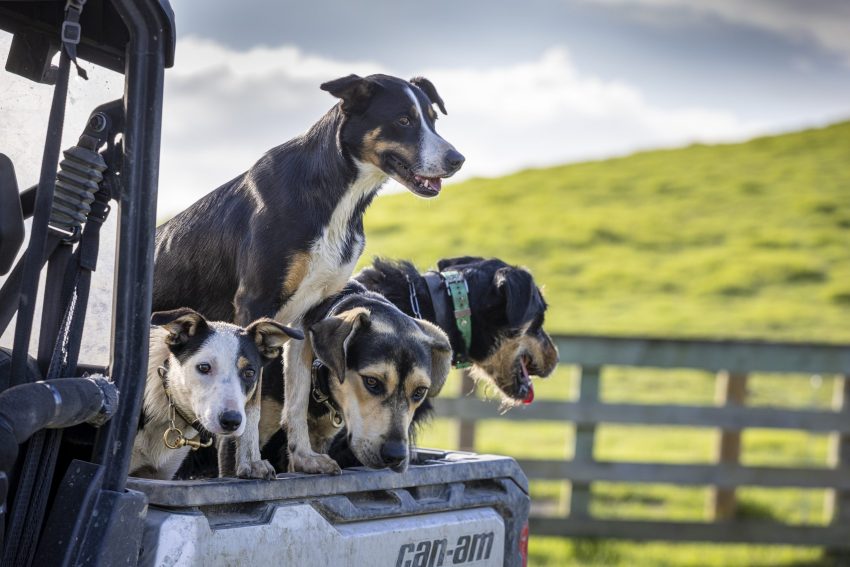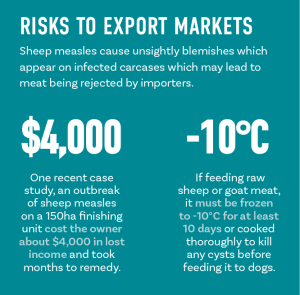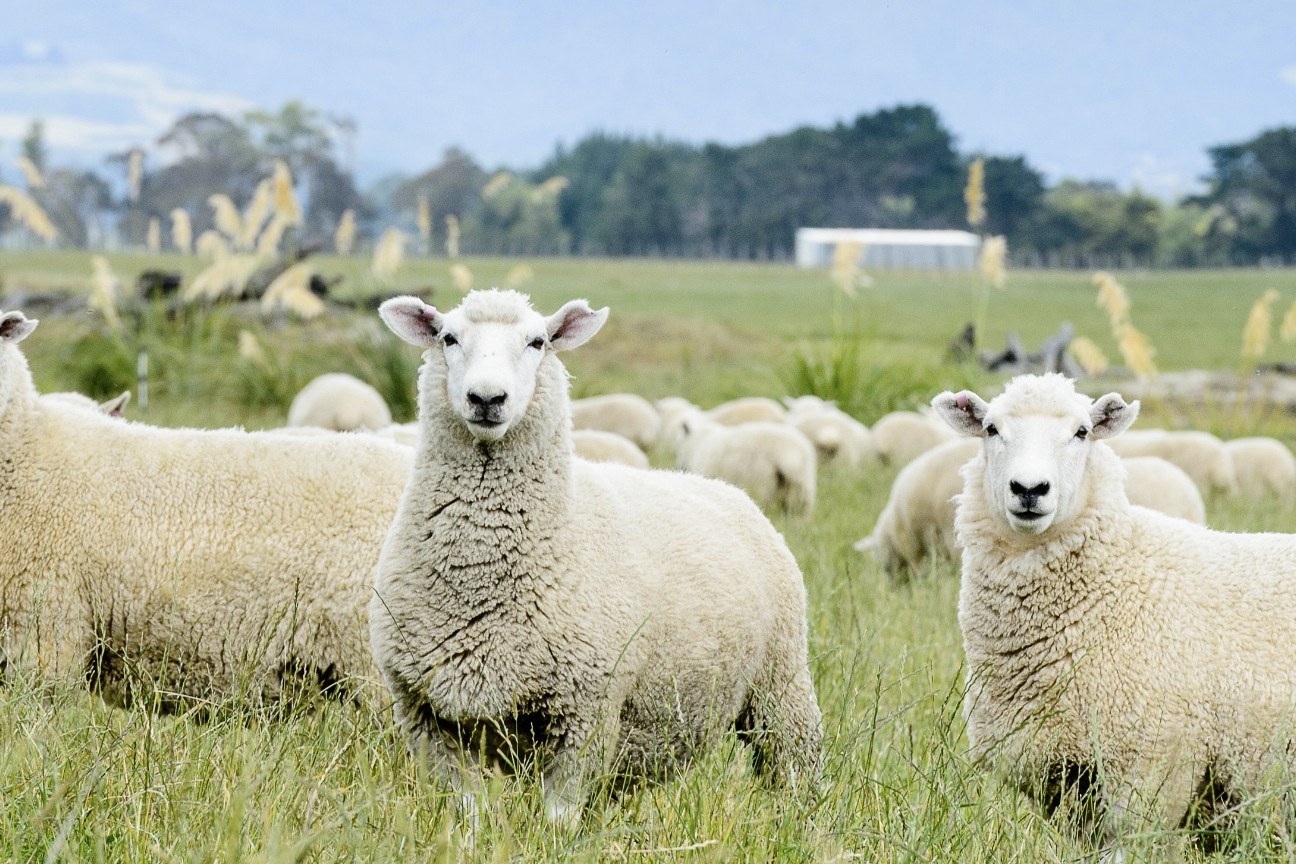No slacking on sheep measles prevention
One dog infected with sheep measles can contaminate large areas of pasture and could put New Zealand’s sheepmeat export markets at risk. Words Tony Leggett.

 The overall trend in the prevalence of sheep measles (caused by the Taenia ovis tapeworm) has been gradually declining over recent years, thanks to targeted interventions and increased awareness.
The overall trend in the prevalence of sheep measles (caused by the Taenia ovis tapeworm) has been gradually declining over recent years, thanks to targeted interventions and increased awareness.
Michelle Simpson is pleased with the result. She leads Ovis Management, a non-profit organisation owned by the Meat Industry Association (MIA), responsible for promoting awareness and the control of sheep measles.
Since 2009, the MIA has provided annual funding of about $360,000 per year, equivalent to about 1.5 cents per sheepmeat carcase, for Ovis Management to engage with New Zealand communities, farmers, meat processors and local meat retailers.
While the current national prevalence is 0.50% of farms, Michelle says maintaining the campaign is vital to keeping the infection rate at current levels and protecting New Zealand’s reputation as a meat exporter.
Sheep measles is not a human health challenge, but the risk is the unsightly blemishes which appear on infected carcases could lead to meat being rejected by importers, or requiring further cutting to remove infected parts at the processing stage.
“Our consumers expect blemish-free, high-quality meat, and visible cysts damage consumer perception, even if the meat is safe to eat,” Michelle says.
She encourages farmers to consider their farm’s biosecurity status, and advises being vigilant for roaming dogs and when visitors arrive with dogs, asking their owners if their dogs have been dosed at least 48 hours before arriving.
“Farmers and dog owners need to understand that it only takes one infected dog to contaminate pastures, leading to high levels of sheep measles, which can take up to 300 days to manage and cause financial losses,” she says.
In one recent case study, an outbreak of sheep measles on a 150ha finishing unit cost the owner about $4,000 in lost income and took months to remedy.
A lamb finisher might purchase several lines from different sources, then mix them together as they enter the finishing system, unaware that some are infected with sheep measles until they are slaughtered and cysts are reported at inspection.
But Ovis Management Chair Andrew Morrison says a major breakthrough to “close the feedback loop” is the NZ Farm Assurance Programme (NZFAP and NZFAP Plus) requirement for dosing all dogs monthly for sheep measles.
“The linking of this monthly dosing on the NZFAP and NZFAP Plus has been really pivotal and means the massive historical issue of not being able to trace the source of infection back to the store lamb producer is solved,” he says.
“Anyone who buys store stock should look at that farm’s assurance plan and have confidence that the person they’re buying the store stock off has an Ovis Management dog treatment programme in place.”
Total eradication of sheep measles is unlikely because infection is possible from feral goats, often a target for roaming dogs or perhaps pig hunters who may not be as aware of the problem.
Andrew says there is no excuse for failing to treat dogs every month. It is inexpensive and well supported by veterinarian clinics.
“The big one is external dogs coming onto your property and whether they’ve been treated or what their programme is,” Andrew says. “You have to be firm and say it’s your property and you want to protect it, end of story.”
What every farmer must do:
- Dose all dogs with a praziquantel-based wormicide monthly and an all-wormer every third month.
- Ensure all dogs that infrequently visit farms are dosed at least 48 hours before they arrive, including duck-shooting companions.
- If feeding raw sheep or goat meat, it must be frozen to -10°C for at least 10 days or cooked thoroughly to kill any cysts before feeding it to dogs.
- Restrict access of foreign or ‘town’ dogs to grazing areas or, preferably, implement a no-dogs policy.
- Dispose of dead stock promptly and appropriately.
Click here to view where sheep measles is in your region and how to manage on your farm.



